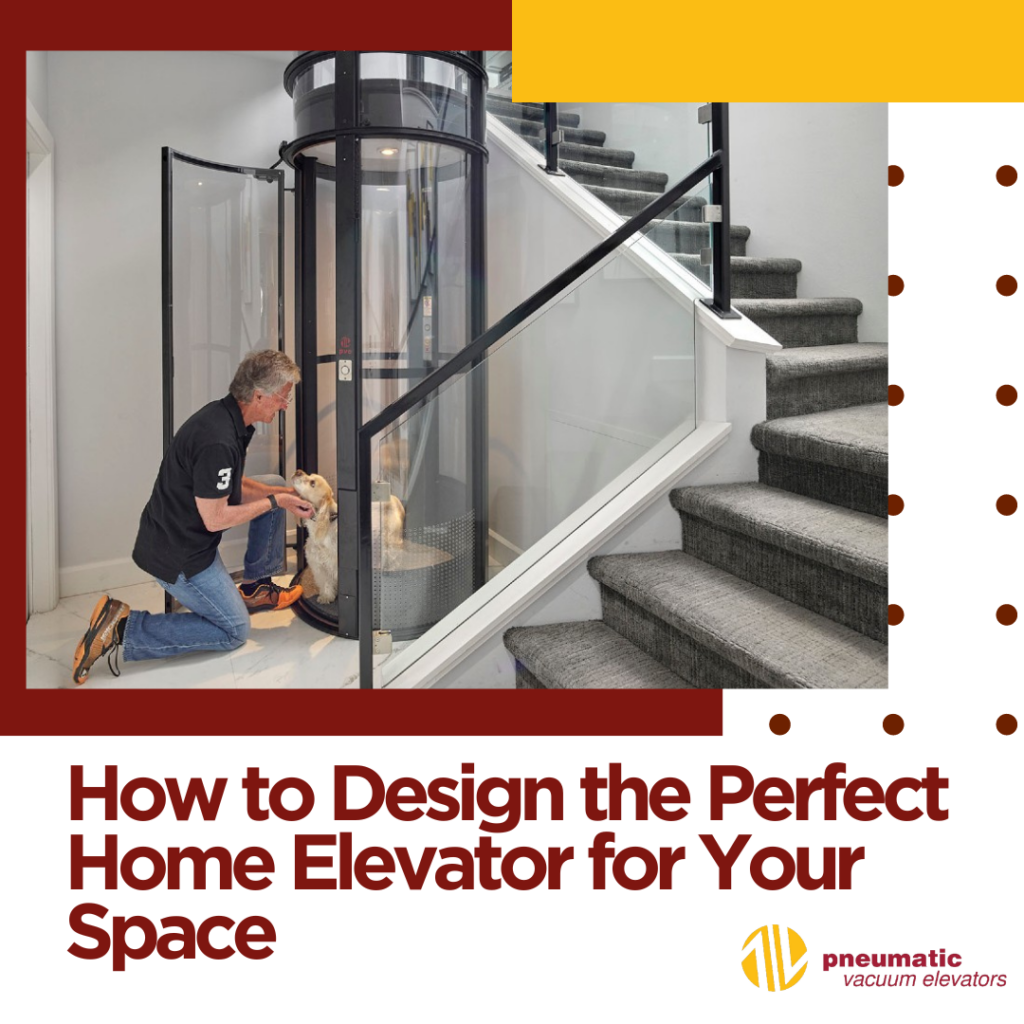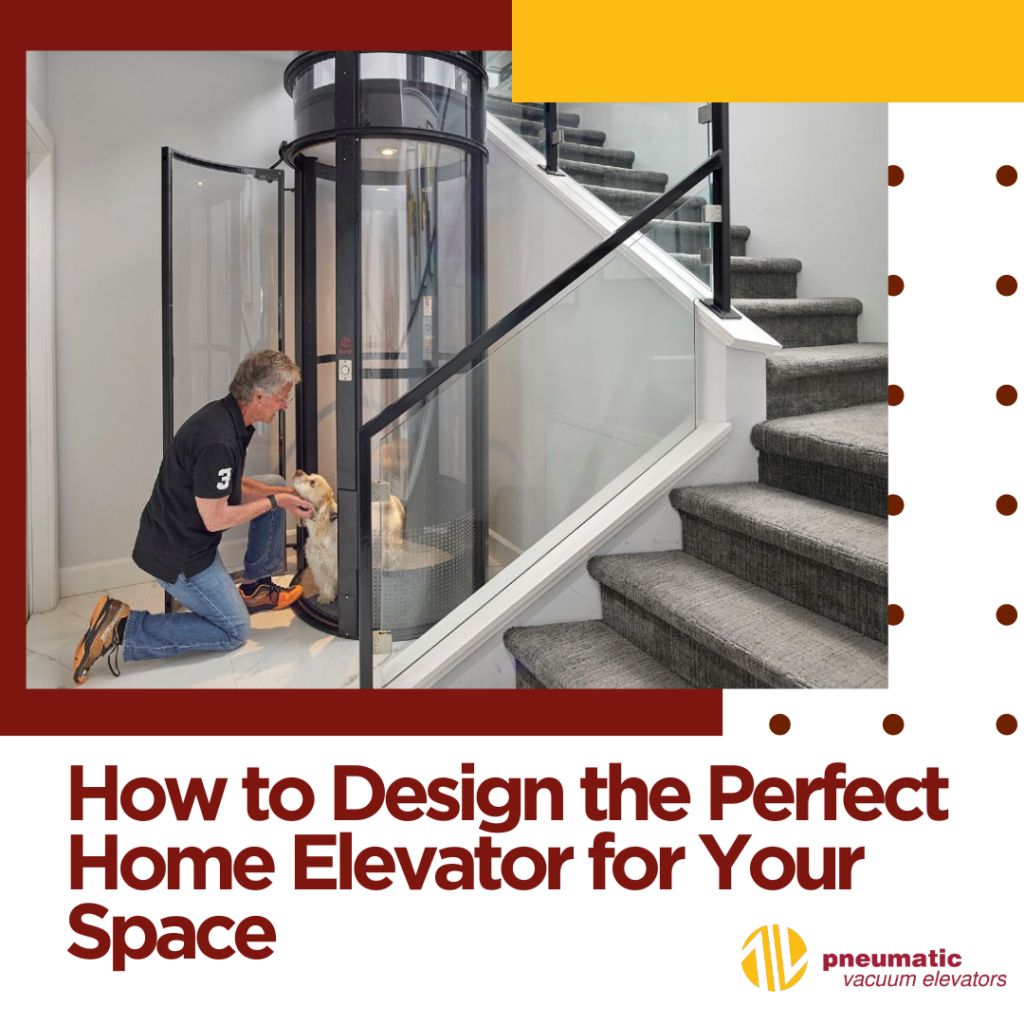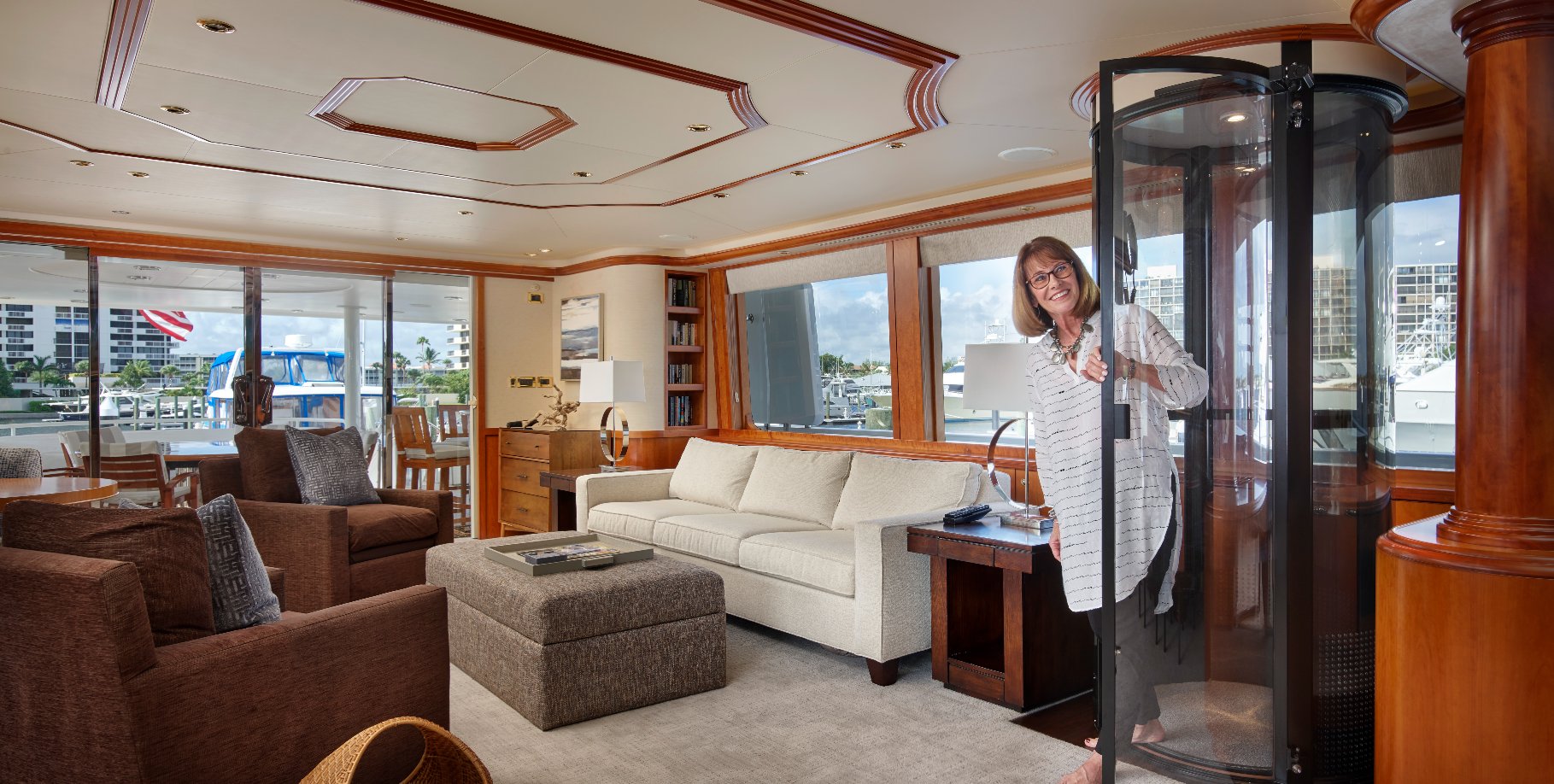
Firstly, enhancing accessibility and functionality in your home is made possible by designing the perfect home elevator for your space. By carefully considering various factors, you can create a customized elevator solution that perfectly fits your space and meets your specific needs.
Assessing Your Space and Needs: Key to the Perfect Home Elevator
Assessing your space and identifying your specific needs are vital steps in designing the perfect home elevator for your space. By understanding your requirements, you can ensure that your elevator solution is tailored to your needs.
Evaluating Available Space and Structural Considerations for the Perfect Home Elevator
Evaluate the available space in your home and consider structural considerations to ensure the perfect home elevator solution. This step is crucial to determine if any modifications are required to accommodate the elevator.
Identifying Your Mobility Requirements and Unique Needs for the Perfect Home Elevator
Understanding your mobility requirements and unique needs is paramount in designing the perfect home elevator for your space. This step ensures that the elevator solution addresses your specific situation.
Considering Weight Capacity and Safety Measures for the Perfect Home Elevator
Weight capacity and safety measures are crucial factors when designing the perfect home elevator. By considering these aspects, you can ensure the elevator safely transports individuals and objects.
Summary:
- Measure the available space in your home and identify potential locations for the home elevator.
- Consider the specific needs of individuals using the elevator, such as mobility limitations or wheelchair accessibility requirements.
- Evaluate the structural integrity of your home and determine if any modifications or reinforcements are necessary.
Customization and Design: Personalizing the Perfect Home Elevator
Customization and design options allow you to personalize your home elevator and seamlessly integrate it into your home’s aesthetics. This step ensures that your elevator solution is not only functional but also visually appealing.
Choosing the Right Elevator Type and Configuration for the Perfect Home Elevator
Choosing the right elevator type and configuration is essential for designing the perfect home elevator for your space. Explore different options to find the ideal solution that meets your requirements.
Enhancing the Interior Design and Finishes for the Perfect Home Elevator
Enhance the interior design and finishes of your home elevator to create the perfect fit for your space. Consider various design elements to create a visually appealing and cohesive elevator space.
Summary:
- Explore customization options for your home elevator, including cabin finishes, flooring, lighting, and control panels.
- Consider incorporating safety features like emergency buttons, interlocks, and safety sensors into the design.
- Work with an elevator provider who offers customization services and can assist you in creating a personalized elevator design.
Designing the perfect home elevator requires careful consideration of your space, mobility needs, safety measures, and customization preferences. By following the steps outlined in this guide and seeking professional guidance, you can create an elevator solution that enhances accessibility and functionality in your home. Remember, the perfect home elevator is a personalized solution that seamlessly integrates with your space while providing a safe and convenient means of vertical transportation.
FAQ: (Frequently Asked Questions)
Q1: Can I install a home elevator in my existing home?
A: In most cases, it is possible to install a home elevator in an existing home. However, this will depend on various factors such as available space, structural considerations, and building regulations. It’s best to consult with a professional elevator provider who can assess your specific situation and provide expert guidance.
Q2: How do I determine the right elevator type for my home?
A: The right elevator type for your home depends on factors such as available space, budget, desired functionality, and personal preferences. Common types include hydraulic, traction, and pneumatic elevators. A professional elevator provider can help evaluate your needs and recommend the most suitable type for your space.
Q3: Can I customize the design of my home elevator?
A: Yes, customization options are available for home elevators. You can personalize various aspects such as cabin finishes, flooring, lighting, and control panels to match your home’s interior design. Consult with your elevator provider to explore the customization options they offer.
Q4: How do I ensure the safety of my home elevator?
A: Safety is a top priority when designing a home elevator. Ensure that the elevator meets all safety standards and regulations. This includes features such as emergency stop buttons, interlocks, handrails, and safety sensors. Regular maintenance and inspections by qualified professionals are also essential to ensure ongoing safety and performance.
Q5: What ongoing maintenance is required for a home elevator?
A: Home elevators require regular maintenance to ensure their smooth operation and longevity. This typically includes inspections, lubrication, adjustments, and occasional component replacements. It’s recommended to have a maintenance contract with an authorized elevator service provider who can perform routine maintenance and address any issues promptly.








